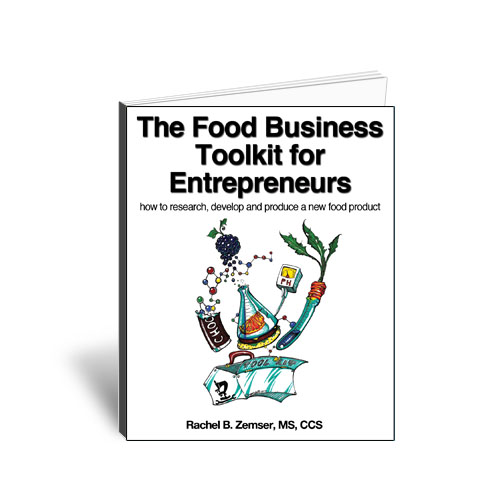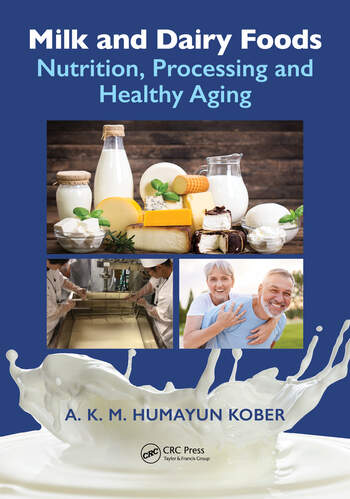Forget about convenience! What about fun?
Sean O’Connor doesn’t think his company’s sales are coming out of the hides of Aunt Jemima or Bisquick’s Shake ‘n’ Pour. Instead, he sees his aerosoled pancake batter expanding the market.

“There’s an entertainment value to our product; it’s an event for a sleepover that’s not only easy, it’s fun and unique,” suggests the cofounder of San Francisco-based Batter Blaster LLC. Following the launch of the organic pancake batter in an aerosol can, “people are eating more pancakes,” he shrugs.
Since the product launched in October 2007 in southern California, O’Connor and cofounder Nate Steck have built national distribution to 9,000 stores. Getting in that many refrigerated cases was a challenge, but not any bigger than overcoming manufacturing barriers. “No one was willing to take the risk” to modify a production line to run the product, O’Connor says. Drawing on Steck’s background in manufacturing, they engineered their own line in a joint venture with Follmer Development Inc., a Newbury Park, CA, private-label manufacturer with three food-grade aerosol lines of its own.
Unlike the hydrocarbon propellants used for Follmer’s cooking and baking sprays and the nitrous oxide used by manufacturers of whipped topping, Batter Blaster relies on carbon dioxide. Unlike CO2, nitrous oxide would not pass muster for organic certification, explains O’Connor.
Clayton Corp., a Fenton-MO valve manufacturer that traces its roots to the inventor of Reddi-Whip, enlarged the dimensions of a conventional whip-cream valve to accommodate the batter’s viscosity and dispensing rate. The project generated enough internal interest to prompt sales director Ric Berger to organize a pancake breakfast at Clayton’s plant. “Over 90 percent of the people said they’d buy it,” reports Berger. “I was shocked at how high the acceptance rate was.”
O’Connor says overcoming the negative image of metal containers was a challenge, as well as lingering misperceptions of the propellant gases used in aerosol cans. “Canning doesn’t mean destroying the earth, and one of my hurdles is explaining the container’s benefits and that it doesn’t lead to ozone destruction,” he says.
Three-fifths of steel containers are recycled, according to Michael Dunleavy, vice president with Philadelphia-based Crown Holdings Inc., Batter Blaster’s can supplier. A new generation of piston-style aerosols is completely recyclable, with valves that burn to reduce thermal demand during processing. The cans also use compressed air instead of hydrocarbons as a propellant. v
For more information:
Ric Berger, Clayton Corp., 636-349-5333
Michael Dunleavy, Crown Holdings Inc., 215-698-5051, mdunleavy@crowncork.com

Before developers of pancake batter in an aerosol can could become marketers, they had to become manufacturers, engineering the integration of their own packaging line in partnership with a private-label manufacturer. Source: Crown Aerosol Packaging USA.
“There’s an entertainment value to our product; it’s an event for a sleepover that’s not only easy, it’s fun and unique,” suggests the cofounder of San Francisco-based Batter Blaster LLC. Following the launch of the organic pancake batter in an aerosol can, “people are eating more pancakes,” he shrugs.
Since the product launched in October 2007 in southern California, O’Connor and cofounder Nate Steck have built national distribution to 9,000 stores. Getting in that many refrigerated cases was a challenge, but not any bigger than overcoming manufacturing barriers. “No one was willing to take the risk” to modify a production line to run the product, O’Connor says. Drawing on Steck’s background in manufacturing, they engineered their own line in a joint venture with Follmer Development Inc., a Newbury Park, CA, private-label manufacturer with three food-grade aerosol lines of its own.
Unlike the hydrocarbon propellants used for Follmer’s cooking and baking sprays and the nitrous oxide used by manufacturers of whipped topping, Batter Blaster relies on carbon dioxide. Unlike CO2, nitrous oxide would not pass muster for organic certification, explains O’Connor.
Clayton Corp., a Fenton-MO valve manufacturer that traces its roots to the inventor of Reddi-Whip, enlarged the dimensions of a conventional whip-cream valve to accommodate the batter’s viscosity and dispensing rate. The project generated enough internal interest to prompt sales director Ric Berger to organize a pancake breakfast at Clayton’s plant. “Over 90 percent of the people said they’d buy it,” reports Berger. “I was shocked at how high the acceptance rate was.”
O’Connor says overcoming the negative image of metal containers was a challenge, as well as lingering misperceptions of the propellant gases used in aerosol cans. “Canning doesn’t mean destroying the earth, and one of my hurdles is explaining the container’s benefits and that it doesn’t lead to ozone destruction,” he says.
Three-fifths of steel containers are recycled, according to Michael Dunleavy, vice president with Philadelphia-based Crown Holdings Inc., Batter Blaster’s can supplier. A new generation of piston-style aerosols is completely recyclable, with valves that burn to reduce thermal demand during processing. The cans also use compressed air instead of hydrocarbons as a propellant. v
For more information:
Ric Berger, Clayton Corp., 636-349-5333
Michael Dunleavy, Crown Holdings Inc., 215-698-5051, mdunleavy@crowncork.com
Looking for a reprint of this article?
From high-res PDFs to custom plaques, order your copy today!









